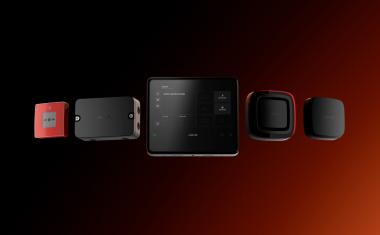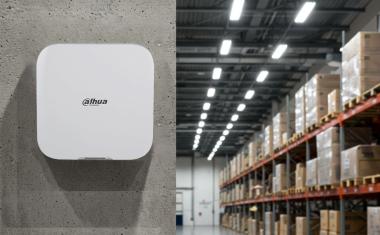Axis introduces new ARTPEC-4 chipset
Axis Communications introduces its new chip, ARTPEC-4. The latest version of the market-leading system-on-chip for network video products significantly enhances image quality and video analytics performance in Axis' network video cameras and video encoders.
ARTPEC-4 is designed to offer video with lower noise and higher light sensitivity for sharper images of moving objects. The chip is a key enabler of Axis' unique Lightfinder technology, which allows cameras to ‘see' clearly in dark and low-light conditions. Lightfinder is included in the award-winning AXIS Q1602 Network Camera, the market's most light sensitive surveillance camera.
In this latest chip, Axis has further improved H.264 compression. ARTPEC-4 supports simultaneous H.264 and Motion JPEG streams, and the built-in multiple streaming means that video streams can be optimized individually. All in all, this leads to better HDTV images, increased flexibility and lowered costs for network and storage. With a powerful CPU and a coprocessor for accelerating video analytics, ARTPEC-4 also boasts more processing power for intelligent video analysis. This is in particular beneficial for analytics applications running on the AXIS Camera Application Platform for scalable, distributed analytics in video surveillance.
As the move from analog video surveillance to IP surveillance solutions accelerates, video encoders are generating significant interest from the market. Since ARTPEC-4 offers improved de-interlacing and multi-channel video ports on one chip, it lowers the cost per port for video encoders and enables more affordable, multi-channel video encoder products. ARTPEC-4 is optimized for Axis branded video encoders and cameras, and will complement the existing chip portfolio, which also includes the world's first HDTV enabled network camera chip, ARTPEC-3.
"The development of ARTPEC-4 underlines the importance of our in-house development in cementing our leadership in the technology field. With our newest chip we see improved image quality leading to more usable video surveillance systems, broadening the usage of Axis cameras in more applications and extending the scope of where they can be used," said Johan Paulsson, CTO, Axis Communications.














